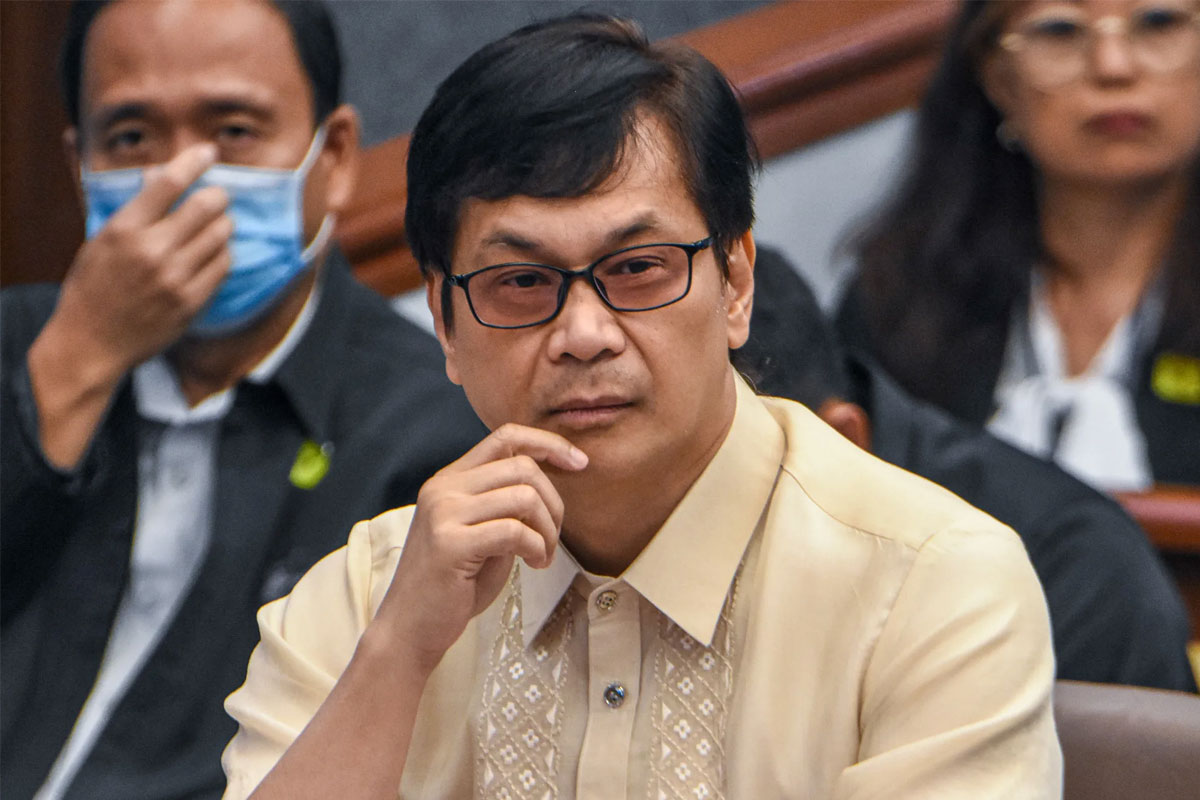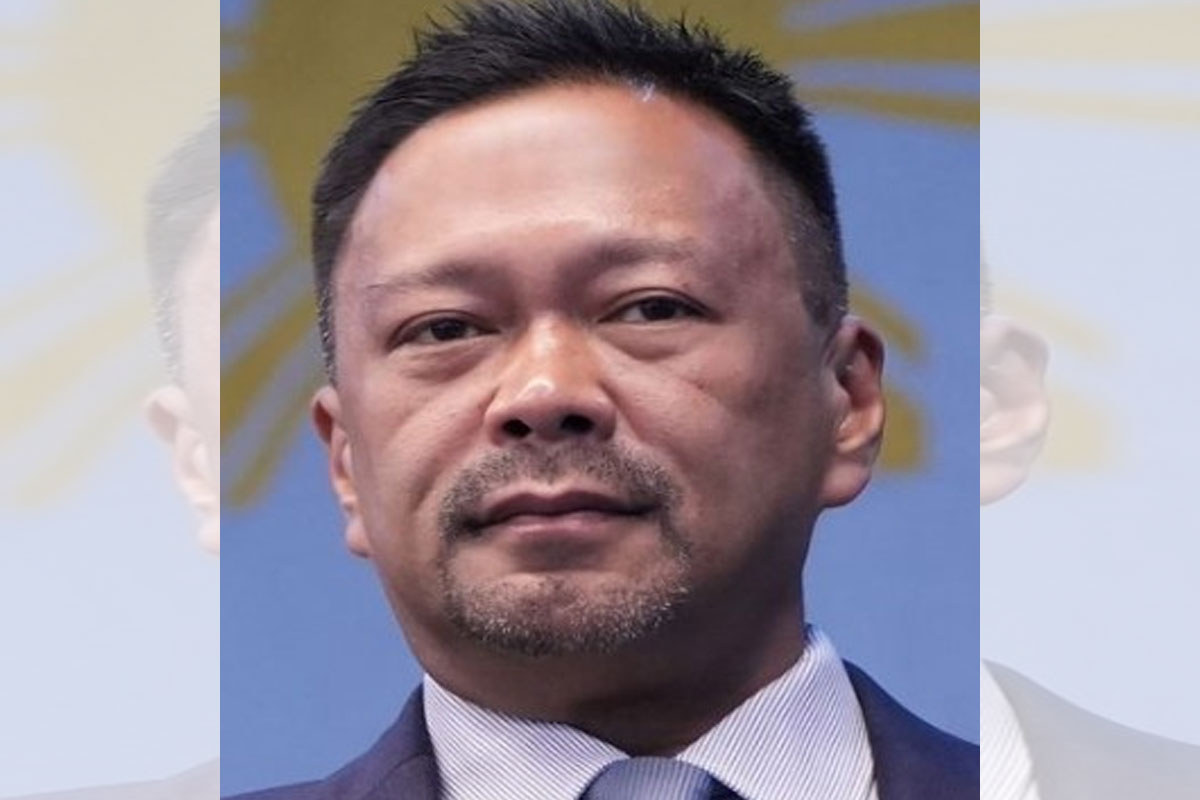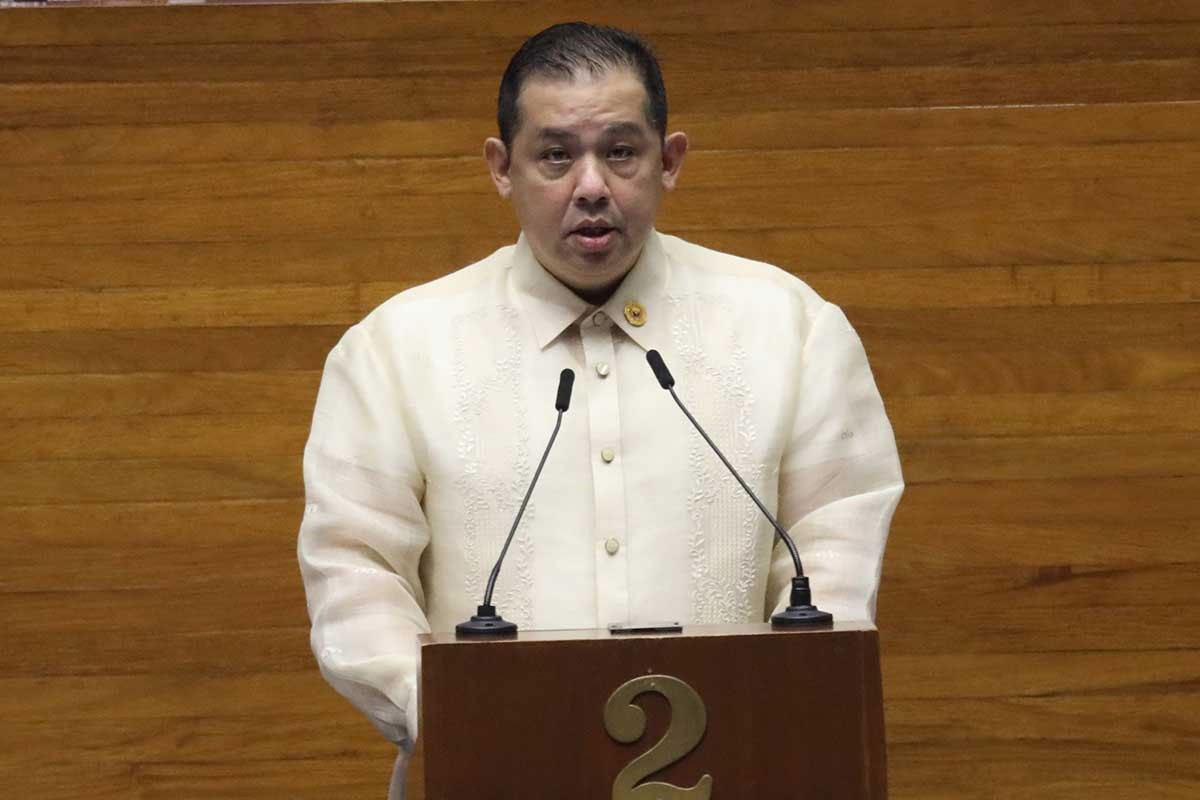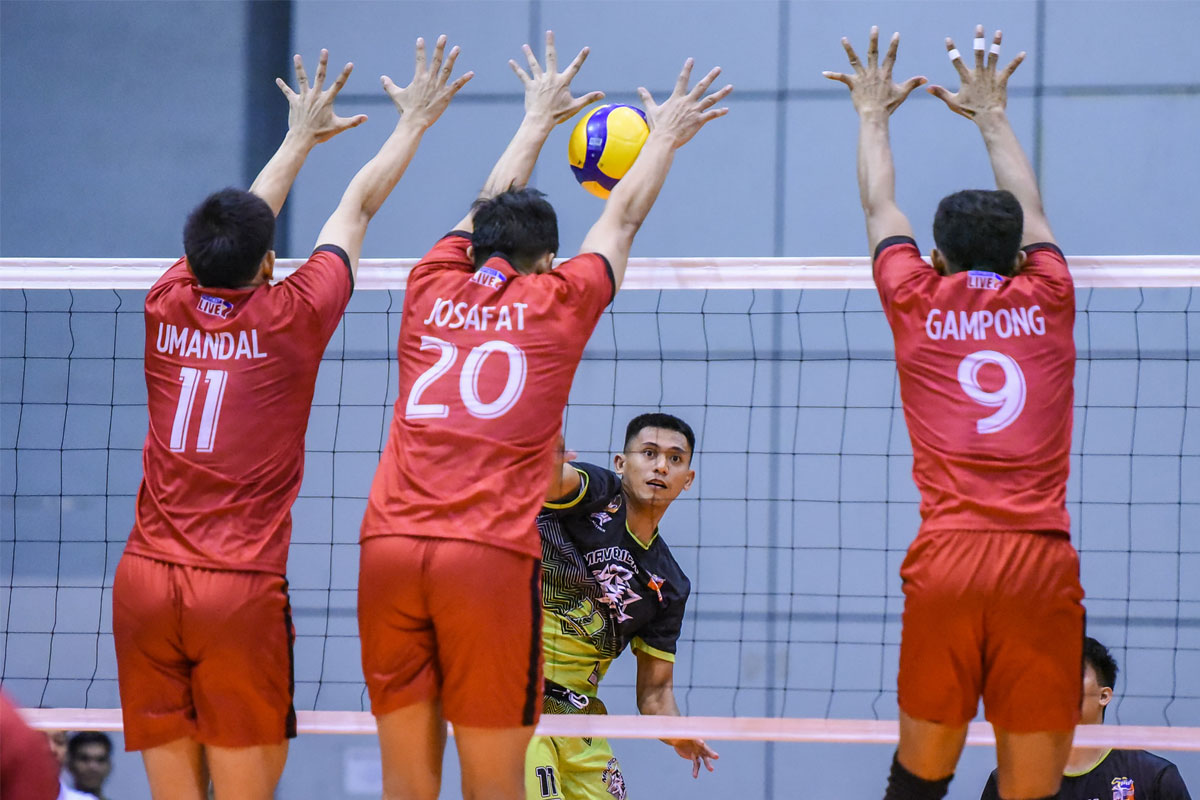
SPR hoped to get off ground
AMID the continued volatility of the global oil market as the Ukraine crisis drags out, Camarines Sur Rep. LRay Villafuerte is hoping the long overdue government plan to put up a strategic petroleum reserve (SPR) would finally get off the ground before President Duterte leaves office in three months’ time, following his choice of a touted energy management expert to be at the helm of the Philippine National Oil Co. (PNOC).
The PNOC is the state-run firm that Department of Energy (DOE) Secretary Alfonso Cusi claimed his office had tapped to do a feasibility on the SPR, “a facility that the DOE already considered way back two years ago to establish as a way to stabilize domestic supply and prices of gasoline and diesel to shield consumers from the kind of volatile situation now gripping the global oil market as an offshoot of Russia’s invasion of Ukraine,” Villafuerte said.
“We are keeping our fingers crossed that after the DOE had obviously dropped the ball on this SPR plan, which has progressed at a snail’s pace at this Department, the newly named PNOC president Posadas would manage to—at last—put this project on the fast track in the remaining months of the Duterte presidency,” Villafuerte said.
He was referring to the recent election in a PNOC Board special meeting of former DOE undersecretary Jesus Cristino Posadas as president-chief executive officer (CEO) of the PNOC.
President Duterte approved last month the nomination as PNOC president-CEO of Posadas, who took over the post from former president-CEO Admiral Reuben Lista who passed away in 2021.
According to the PNOC website, the licensed mechanical engineer (Posadas) is a “certified National Energy Management System (EnMS) and ISO 50001 Expert by the DOE and the United Nations Industrial Development Organization (UNIDO)” … who will bring “valuable insights and experiences to the pursuit of PNOC’s mandate under the Philippine Energy Plan (PEP) such as the establishment of the country’s SPR…”
“Although the SPR is not expected to be up and running anytime soon to be of use to us in the current episode of rocketing gasoline and diesel prices following Russia’s attack on Ukraine,” said Villafuerte, “we are hoping the PNOC—on the watch of its newly elected president-CEO—would be able to wrap up its feasibility study and set this petroleum reserve infrastructure in motion before President Duterte leaves office in June.”
Villafuerte said among the main points that the PNOC would likely consider in this SPR plan is whether the government needs to have an interim floating storage facility or build separate facilities in Luzon, the Visayas and Mindanao; whether the SPR would have to be run by the government alone, by the private sector or via a public-private partnership; and where to source the very huge amount needed to acquire and maintain such a national inventory.
From an average per-barrel cost of about $80 at the onset of 2022, the Russia-Ukraine conflict has driven up oil prices to the global benchmark Brent rate to as high as $139.13 two weeks ago, driving up the local pump rates to about P78.33 per liter of gasoline and P68.97 per liter of diesel.
But the Brent rate fell to $107.93 per barrel last week, and both the DOE and fuel industry players have predicted local rates to go down temporarily this week by P6 per liter of gasoline and by P12 per liter of diesel
For Villafuerte, “the new PNOC boss should be able to put to good use his UNIDO-certified expertise in energy management to keep the SPR moving—at least much, much faster than how this project has progressed (or not)—at the DOE since Cusi bared nearly two years ago the DOE plan to consider establishing such a national fuel reserve.”
In fact, Villafuerte had been prodding the DOE to speed up the implementation of the SPR plan ever since Cusi broached this project almost two years ago.
However, the SPR plan seemed to have gone nowhere at the DOE since then, lamented Villafuerte, save for the repeated announcements of Cusi and other energy officials like DOE’s Oil Industry Management Bureau (OIMB) director Rodela Romero that the DOE has been considering a feasibility study on this plan.
And when Cusi himself warned two weeks ago that the domestic fuel could cost P100 per liter in the event that the global oil price hits $200 per barrel, he said the PNOC was doing a feasibility study on the SPR.
“Patapos na kami sa paga-aral na ‘yan,” Cusi was quoted in the media sa saying, two years after he announced that the DOE was considering the SPR. “Kailangan natin magkaroon ng strategic storage kung saan natin ilalagay ang supply, and then magkakaroon po tayo ng system how are we going to dispose these.”
Villafuerte said that, “For nearly two years now, our energy officials have been talking the talk about a national strategic reserve for petroleum products, but they have yet to walk the walk. In fact, the best that Secretary Cusi can assure a worried public is to tell them that the PNOC has been tapped to do a feasibility study on it.”
“My only question is: Why are our energy officials seemingly taking their own sweet time to put flesh into this SPR? They should start putting their money where their collective mouth is—rather than just emitting hot air with this blabbering (about studying a national fuel reserve plan) that only contributes to global warming,” he said.
Villafuerte said what made Cusi’s remarks doubly exasperating was that he already knew what the SPR could do and how the Ukraine-Russia crisis could impact international and domestic fuel prices, and yet “he and his subordinates appear shorn of any sense of urgency on this critical matter. We could probably be helpless in dealing with this oil imbroglio because nothing has been done by our energy officials, save for spending almost two years preparing to study the planned oil reserve facility.”
“I am afraid it is taking the DOE so long to consider the SPR, let alone set it up, to the point that the Philippines might have switched to e-vehicles or hybrid cars already by the time a strategic petroleum reserve is up and running in our country,” he said.
Although there isn’t enough time to put up such an SPR to address the current petroleum price surge, Villafuerte said “energy officials must drop their lackadaisical approach and put this strategic petroleum reserve plan in motion in preparation for future conflicts, supply hitches or any other geopolitical developments or catastrophes that could drive fuel prices to later go up north anew beyond the reach of ordinary Filipinos.”






















